We would like to acknowledge the Gadigal Clan as the traditional custodians of the land on which we stand and one of the 29 clans of the Eora Nation which is boarded by the Hawkesbury River to the north, the Nepean River to the west, and the Georges River to the south. We would also like to pay our respects to the Elders past, present, and emerging.
Hear from our Head of School and Chair of School Council
We have an exciting vision: one where our students know they are infinitely precious and develop their gifts for a purpose. Where they progressively understand the ‘big story’ they inhabit, find their pathway of purpose, use their gifts to lead with hope and individually and collectively take responsibility for a future we want to live in.
Enduring Purpose
Founded in 1885 in the heart of the city, St Andrew’s Cathedral School is a vibrant, intercultural and internationally-minded coeducational learning community that seeks to honour and follow Jesus Christ
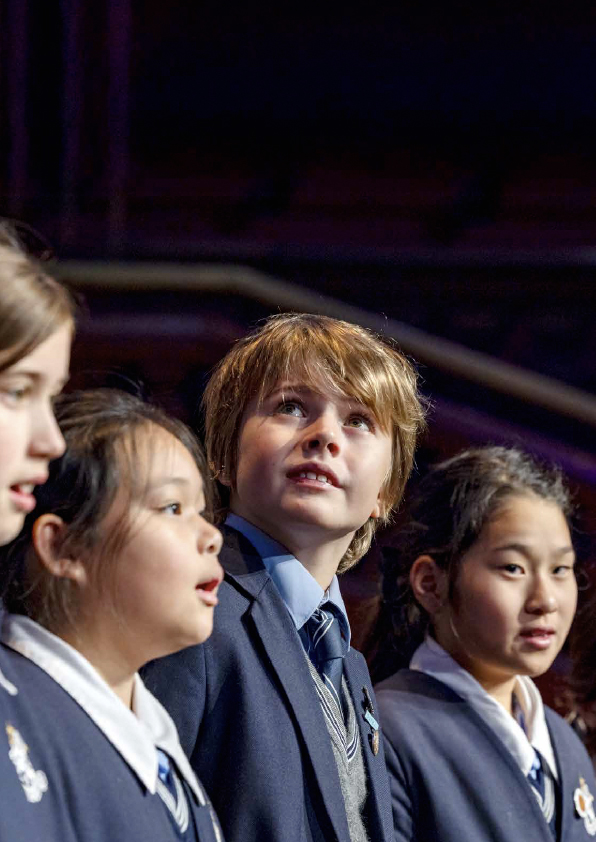
“Responsible futuring requires deep and immersive real world and interdisciplinary learning experiences to ensure our students develop the competences to make a difference over the long term. In a complex world, St Andrew’s Cathedral School wants to equip students with the voice, leadership and agency to come up with alternative imaginaries to shape a better, and more peaceful future.”
Mr Michael Winram
OA 1998 and Chair of School Council
The 2026-2035 Strategic Plan is evidence-based, researched and a result of extensive stakeholder engagement from right across the life of the School.
Parents, teaching and professional and operational staff, students, Executive, our Old Andreans Association, P&F Executive, School Council members, Foundation members and First Nations representatives gathered to hear from experts, review data and work with the Executive and School Council to develop this Plan.
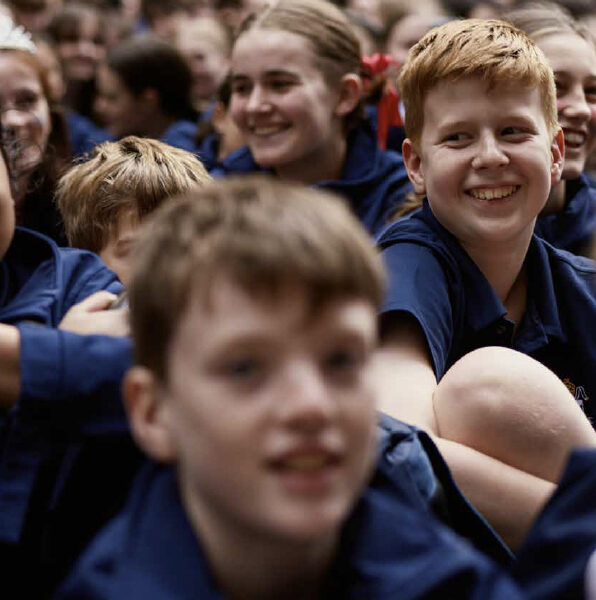
One of the strategic inputs to planning discussions came from Dean Pearson, Head of Behavioural and Industry Economics at National Australia Bank and cited concerning macro-trends from his research affecting the education and wellbeing of young people, and he spoke of the growing pressures faced by this generation of students: young people are experiencing a loss of optimism: they are impacted by the COVID pandemic; are concerned about climate change, growing economic uncertainty, leaving university burdened by debt and being priced out of the housing market; are forever connected to the online world, face pressure from a relentlessly negative news cycle; with young women still facing gender equity issues and young men searching for healthy masculine role models.
And yet, as the 2025 NAB Education Insights research showed, young people still have a broad sense of self-belief, they remain civic minded. They want to make a difference. The conclusion from the research was that our young people need a better vision, an uplifting story of the future, that is bigger than an ‘enshrined materialism.’
Guided by the Balanced Scorecard methodology our strategy has been developed from four different Strategic Perspectives: Our People, Culture and Resources; Our Practice; Our Financial Stewardship; and Our Students and Community.
Vision
Educating generations to know their infinite worth and develop their gifts for a purpose, leading with hope as co-creators of a responsible future.
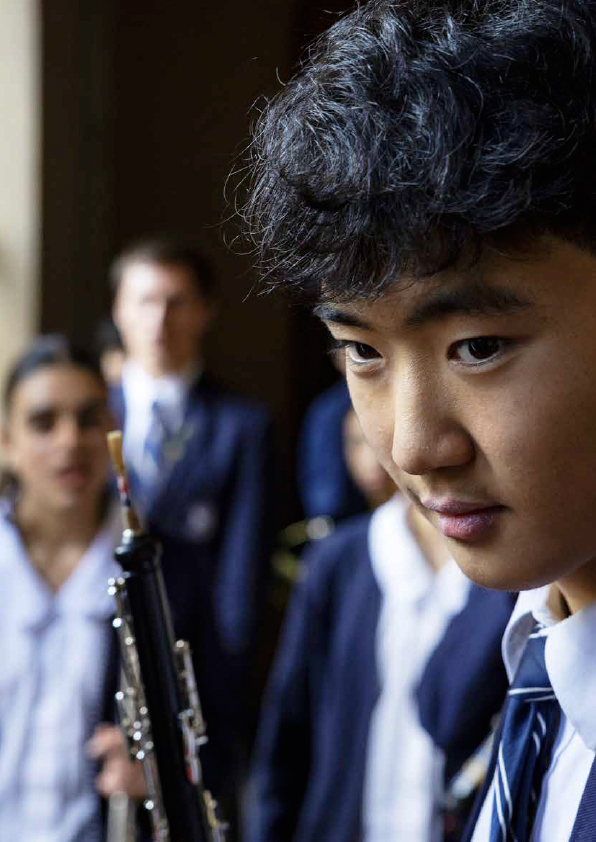
“Imagine a world where everyone knew they were significant.
Significant in their unchanging, unearned, infinite worth.
Significant in their unique giftings and the purpose for which they were born. Imagine a world where each person took individual and collective responsibility for the future we are co-creating?
Imagine a world where generations of young people, secure in their significance and mature in their responsibilities were leading with hope towards a future, we want to live in.”
Dr Julie McGonigle
Head of School
TBC
Strategic Themes
Authentic Relational Christian Care
Our belief that every person is made in the image of God is the foundation of our community.
We create cultures of deep Christian care and hospitality, fostering respectful, restorative and uplifting relationships. We seek a healthy approach to work and wellbeing.
Thriving Expert Teaching and Learning in Every Space
We believe everyone is gifted for a purpose.
Our staff are recognised, supported and developed as experts in their craft.
With well-designed systems and programmes for both classroom and co-curricular learning, students take initiative and grow in expertise.
Responsible Futuring
We believe in collectively stewarding our world and moral accountability for our actions in it. Equipped to be peacemakers, we lead with hope, creating unique pathways and co-creating responsible futures.
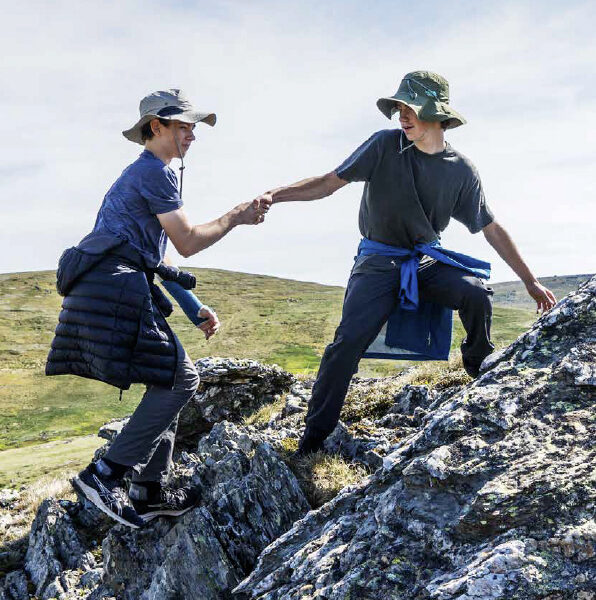
The Strategic Themes that emerged from the planning workshops were: Authentic, Relational Christian Care; Thriving Expert Teaching and Learning in Every Space; and Responsible Futuring.
The School uses the Balanced Scorecard methodology because it facilitates a Strategy Map – a diagram of the School’s strategy on a single page, the detailed Strategic Plan (pages 16-23) and the development of annual Operational Plans and Strategy Reviews, conducted quarterly.
Strategy Map
CLICK ON THE ELEMENTS TO FIND OUT MORE.
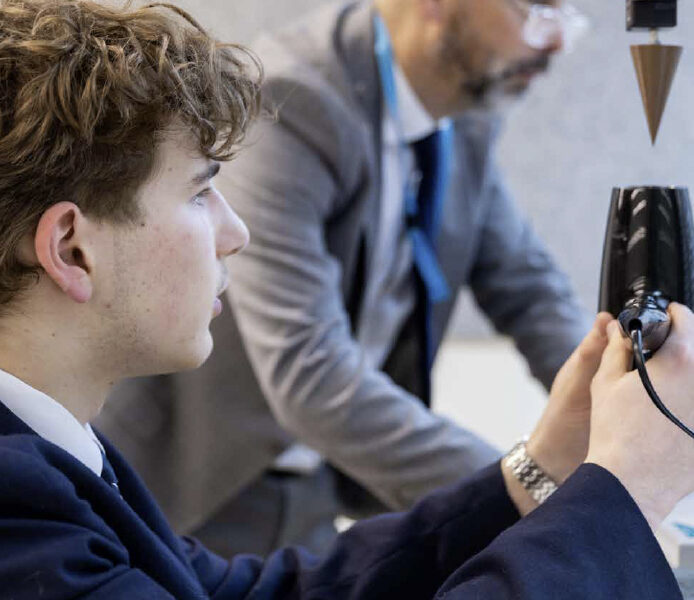
Accountability for results
We have a deep culture of accountability, and a question that is routinely asked at all levels of the School is, ‘but how will we know?’ The Strategic Plan incorporates accountability for outcomes, with clear objectives and annual operational plans that will enable the School to monitor progress and evaluate results. Our Strategy Map illustrates how we will achieve our Vision. Motivated by our Enduring Purpose, we will empower our people to enrich their practice; wisely use and grow resources, and exceed the expectations of our community, in order to produce students who learn and grow in the heart of the city, applying their strengths and God-given gifts to co-create a responsible future.
TBC

Our approach to Strategic Planning
Our Strategic Plan has been developed through a deliberate and inclusive process that values the voices of our whole School community and is guided by the Balanced Scorecard methodology. Extensive consultation with students, parents, staff and broader community stakeholders, alongside research and collaborative workshops, informed a clear strategy shaped by four Strategic Perspectives and three core Strategic Themes: Authentic, Relational Christian Care; Thriving Expert Teaching and Learning in Every Space; and Responsible Futuring. This approach reflects the capability and commitment of our staff, a strong culture of collaboration and evidence-based decision making, and a shared accountability for results, ensuring a coherent, sustainable strategy aligned to our Vision and Enduring Purpose.
